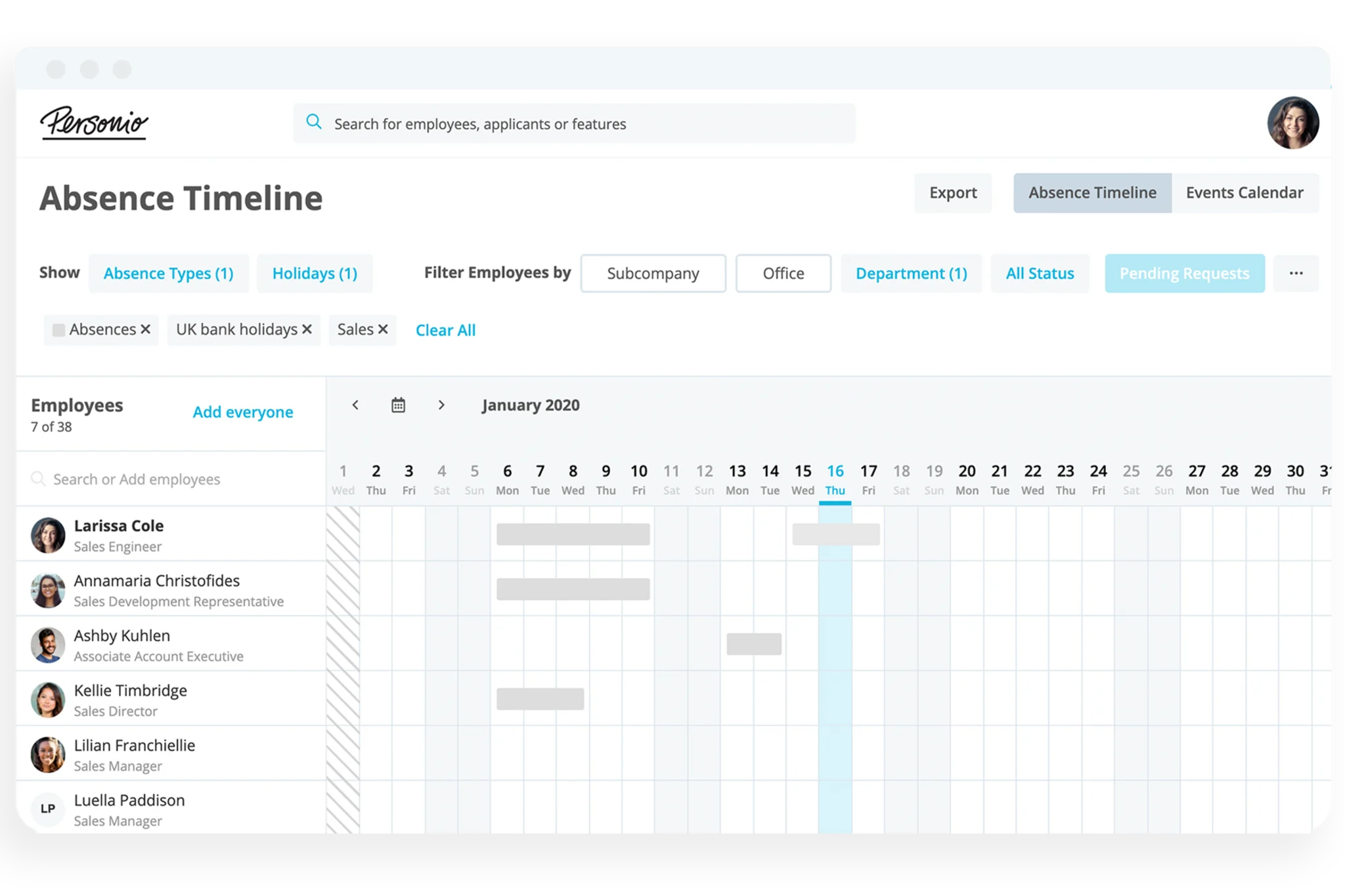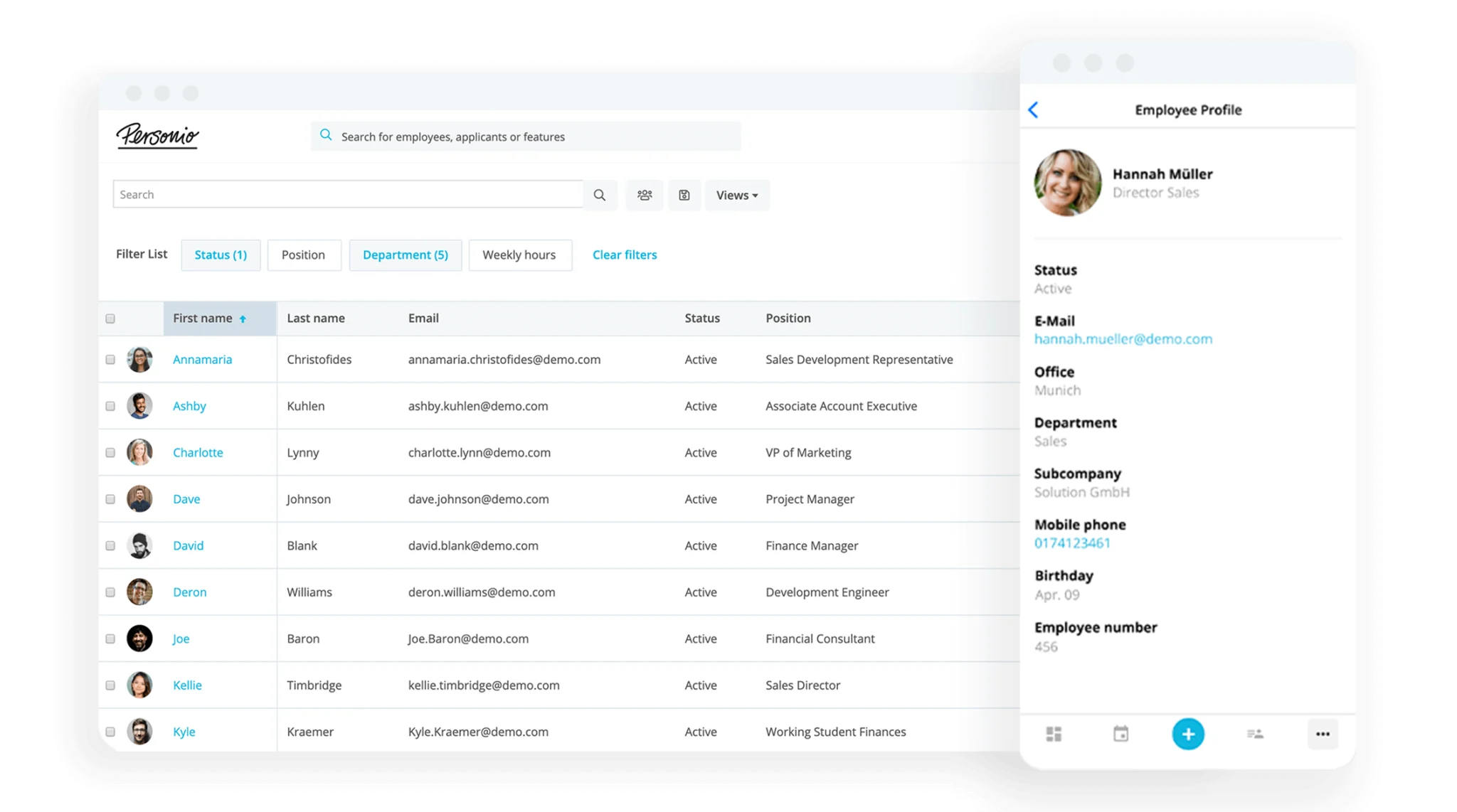Employee Benefits That Actually Retain Your Top Talent

Is your employee benefits programme helping you to attract and retain top talent? If not, it might be time to reconsider the benefits you’re offering to your employees. But how do you know which benefits are the right ones? In this guide, we’ll explore some of the main types of employee benefits that you could provide — plus our tips for effectively implementing and managing your benefits programme.
Key facts:
Employee benefits are an important part of your compensation package, and can help you to attract and retain the best talent — even in a competitive market.
There are four main types of benefits you could offer to your employees: leave benefits, financial benefits, retirement benefits and lifestyle benefits. Some benefits involve ‘topping up’ allowances that you’re required by law to provide, while others are completely optional.
It’s important to ensure you’re offering the right benefits for your employees — which can change over time. Regularly checking in with your employees can help you to make sure you’re still providing the benefits they value most.
Download our guide to attracting top talent through employer branding.
What Are Employee Benefits?
Employee benefits are extra forms of compensation that employers give to their employees in addition to their salary. The benefits you offer to your employees can have a huge impact on your ability to attract and retain top-quality talent. They can also help to ensure employees feel valued, especially if you’ve taken the time to find out which benefits they would prefer.
The Four Types of Employee Benefits
There are many different employee benefits that you could choose to offer to your employees.
Some of them are additional allowances that effectively ‘top up’ benefits that you’re required by law to provide. For example, most employees in the UK are entitled to a minimum of 5.6 weeks of paid annual leave, but you could choose to provide more than this as a benefit.
Other benefits have nothing to do with your employees’ statutory entitlements, and are simply things that you choose to offer. Broadly speaking, the main employee benefits can be broken down into four categories:
1. Leave Benefits
Everyone needs to take time off work sometimes, and there are many different types of leave that employers can grant their employees. Some of them, like annual leave (holiday), maternity leave and sick leave are requirements under UK law.
However, giving your employees additional leave is still a valuable benefit. For example, the law requires that you grant your employees a certain amount of maternity or paternity leave if they have a baby. But offering a more extensive parental leave package could help you to attract and retain employees who have children or who are thinking of starting a family.
Other types of leave are not required by law at all, but you could still choose to offer them as a fringe benefit. One relatively new example that’s becoming more common is the ‘duvet day’. This is an additional day of paid leave that employees can take, usually at short notice, when they need a day to relax and take care of themselves.
2. Financial Benefits
Financial benefits cover any additional payments that employers pay to their employees beyond their basic pay. A common type of financial benefit is an annual bonus, which is usually paid at the end of the year. Bonuses might be company-wide, and dependent on the organisation as a whole meeting certain goals. They might also be related to goals met by individual employees.
While bonuses are usually optional on the part of the employer, other types of benefits are more likely to be contractual. An example is commission paid to employees in sales roles. The exact amount of commission the employee should receive for each sale is usually written into their contract.
Other types of financial benefits that you could offer include things like gifts, student loan repayments, expenses or the opportunity to buy shares in the company.
3. Retirement Benefits
In the UK, all employers have to provide a workplace pension scheme for their employees. Under these schemes, both the employer and the employee pay into a pension pot that the employee will be able to access when they retire.
The minimum amount you can contribute to your employees’ pension scheme is 3% of their salary. However, you can choose to pay more than this if you want to offer a better retirement plan as part of your employee benefits package.
Another option is to allow your employees to pay into their pensions on a salary sacrifice basis. This is when they give up part of their salary, and you pay it directly into their pension pot. This usually means that the employee pays less tax, because the salary they receive is lower.
4. Lifestyle Benefits
Lifestyle benefits are other benefits that improve an employee’s life, both at work and at home. Some of the most common lifestyle benefits (especially in recent years) are related to flexibility.
For example, allowing employees to work remotely or choose their own working hours can have a huge impact on your ability to attract and retain talent. According to a recent study by Remote, flexible hours and the four-day workweek are the two most important benefits to today’s employees.
Other lifestyle benefits include things like gym memberships, company cars, paid training and development opportunities, access to wellness apps and services and even free food and drink in the office.
Choosing the Right Employee Benefits
If you want to boost your ability to attract and retain talent, you need to make sure the benefits you’re providing are the right ones. But this is different for every organisation — and in some cases, for every employee.
Plus, sometimes benefits that sound good on paper don’t actually translate that well into real life. For example, some companies now offer ‘unlimited holiday days’. However, studies have found that employees take fewer vacation days on average under these policies — perhaps because they’re worried about looking like they’re not working hard enough.
Ultimately, this can lead to dwindling performance, poor job satisfaction levels, and even burnout — exactly the opposite of what your employee benefits programme should achieve.
Our Tips for Implementing and Managing Employee Benefits
Choosing the right benefits to offer to your employees is only the beginning of the process: you also need solid strategies in place to effectively implement and manage them. Here are our top tips for getting it right:
Hire a dedicated benefits manager: While it’s not possible for all organisations, hiring a benefits administrator or compensation and benefits manager can help ensure you’re delivering the best benefits to your workforce. Putting one person in charge of your company-wide benefits programme helps to make sure it’s consistent for everyone.
Make use of employee benefits software to keep track of your programme: Managing benefits across an organisation requires a lot of work. You’ll need to keep track of which employees are using which benefits, and review statistics to ensure you’re not wasting money on things that no one is using. Thankfully, technology can help you here. There are many different software packages that can help you manage your benefits programme. For best results, look for a solution that integrates with your HR software so that you can streamline your processes and avoid wasting time.
Make sure employees know what benefits they’re entitled to: Even the perfect mix of employee benefits won’t have the desired effect if employees don’t know what they’re entitled to. That’s why it’s important to make sure every employee knows where to find information about your benefits programme. It’s a good idea to include a list of the benefits you provide in your employee handbook. And automatically providing a guide to your benefits programme to all new starters can also be helpful.
Ask employees what benefits they want (and keep asking): Employees’ needs change over time, and the benefits that are most valuable to them often change too. It’s important to regularly check in with your workforce to make sure the benefits you’re offering are still the right ones. For example, benefits like gym memberships or free food and drink might be important to younger employees. But as they get older and begin to think about starting families, you might find that things like flexibility and parental leave become more important.
Frequently Asked Questions About Employee Benefits
Still have questions about employee benefits? Here are the answers to some FAQs:
What Are Employee Benefits?
Employee benefits are extra perks that employers offer to their employees in addition to their salary. While some benefits are mandatory under UK law, others are given at the employer’s discretion. Offering the right perks and benefits is vital if you want to attract and retain top talent.
What Are the Main Types of Employee Benefits?
There are many types of employee benefits, but most of them can be divided into four broad categories:
Leave benefits
Financial benefits
Retirement benefits
Lifestyle benefits
Should You Provide Cash Benefits to Employees?
There’s some debate over whether it’s best to provide cash benefits to employees or compensate them in other ways. It’s important to remember that any cash benefits you provide will be taxed as income. This means that some employees may prefer different types of benefits over financial ones. If you’re not sure what benefits your employees would find most valuable, consider sending out a survey to find out.
How Can You Efficiently Manage and Implement Employee Benefits?
We’ve provided some tips above that will help you to effectively manage your employee benefits programme. There are many different factors at play, but the most important one is probably the technology you use to manage your programme. It’s a good idea to find a platform that integrates with your HR software, to help you avoid wasting time with duplicated processes.
Learn More About Employee Benefits
Need more info to help you decide on the best mix of benefits for your business? Read our in-depth guide to the most common employee benefits in the UK to learn more.


